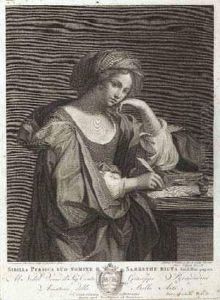Pietro Fontana Paintings
Pietro Fontana was an Italian engraver, born in 1775 in Rome. He was not a prominent figure in the art world like other artists of his time, and as a result, information about his life and works is not as widely documented. Fontana worked primarily in Rome throughout his career, which was during a period that saw the neoclassical style predominant in artistic expressions.
Fontana's engravings were often based on the works of other artists, and he was known for his ability to translate paintings into engraved forms with clarity and precision. He was part of the tradition of reproductive engraving which was important in the dissemination of artworks before the advent of photography. His engravings allowed for the works of renowned artists to be seen and enjoyed by a wider audience who could not travel to see the original paintings in person.
Although the specific details of his training are not well-documented, it is likely that Fontana received a traditional education in the arts in Rome, which was a leading center for artistic production and education at the time. He would have been trained in the techniques of copperplate engraving, which involves etching a design onto a metal plate, inking the plate, and then pressing it onto paper to create an image.
Pietro Fontana's contributions to the arts were primarily through his skillful engravings, and his works served to complement and preserve the paintings and artistic ideas of his era. He passed away in 1837, leaving behind a legacy of work that reflects the neoclassical aesthetic and the cultural milieu of his time.
